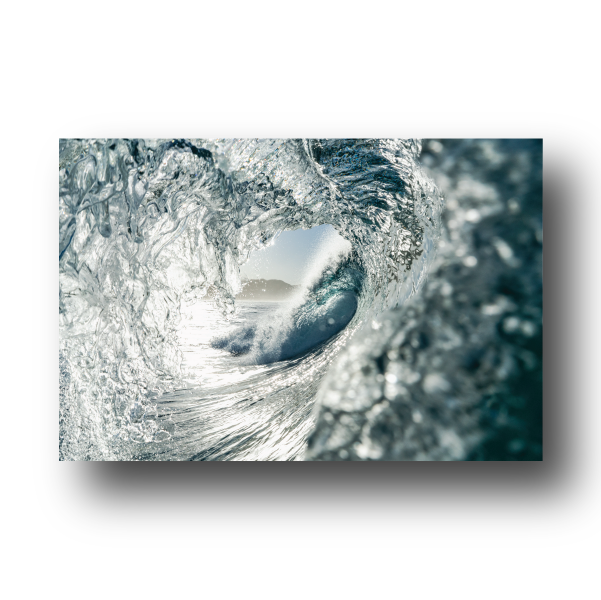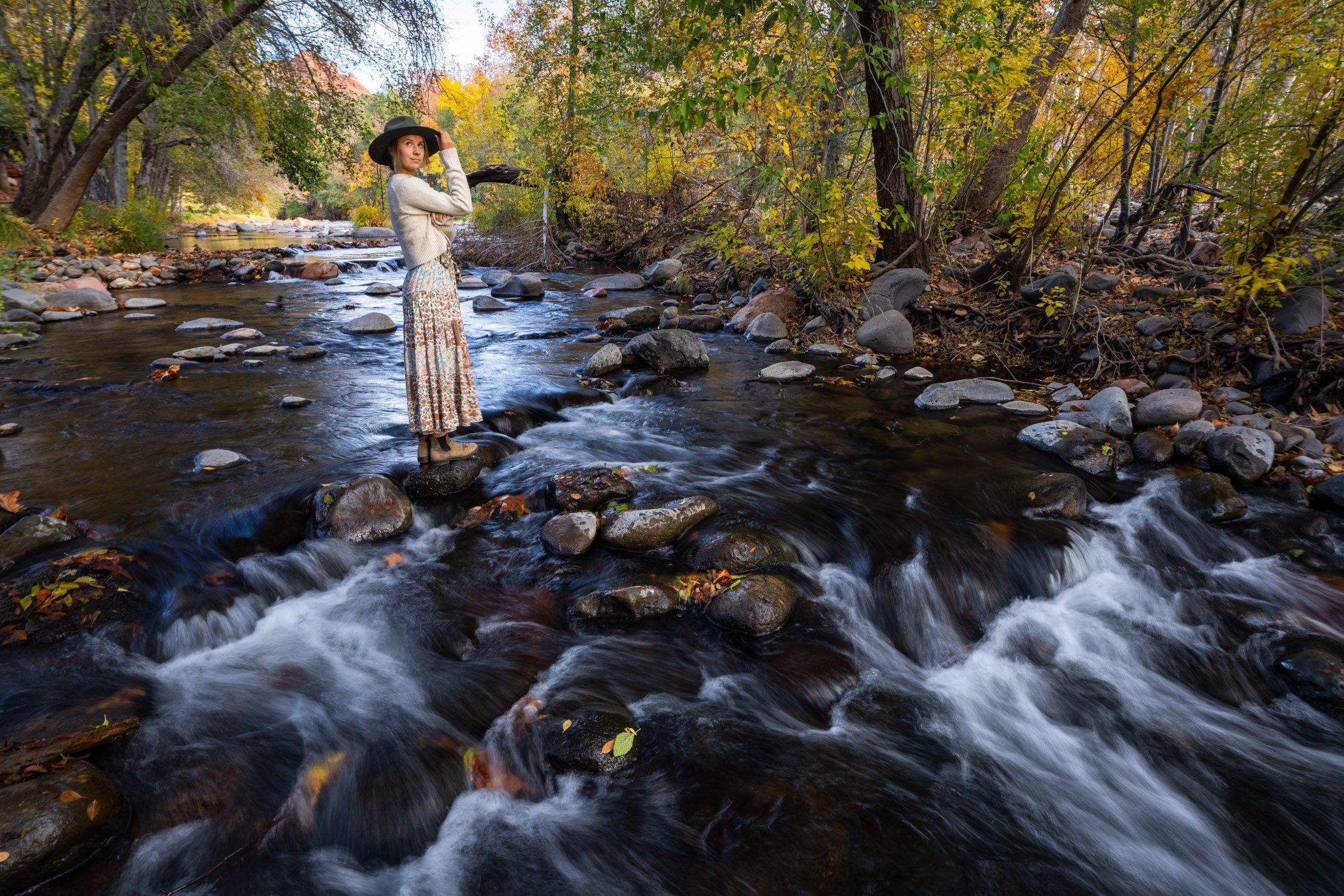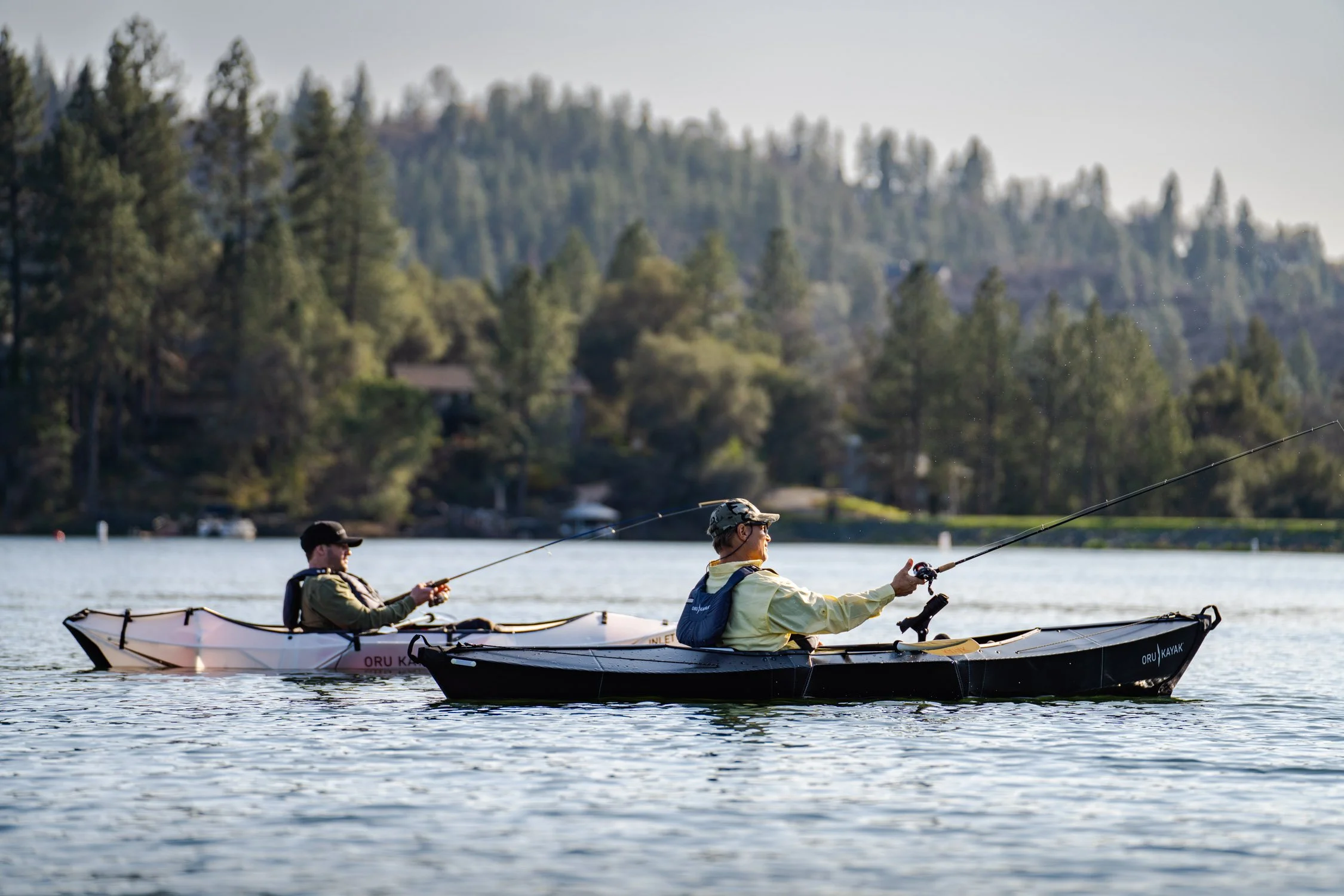How To Stay Properly Hydrated on the Trail
Hiking, backpacking, and thru-hiking offer unparalleled opportunities to immerse oneself in nature, challenge physical limits, and rejuvenate the mind. However, ensuring proper hydration is crucial to making the most of these adventures. Whether you're a day hiker, a multi-day backpacker, or a dedicated thru-hiker, staying hydrated is key to your health, performance, and enjoyment on the trail.
Drinking up some much needed water on a rainy hike in the PNW. Photo by Dalton Johnson
The Importance of Hydration in Hiking
Water plays a vital role in maintaining bodily functions, such as regulating temperature, lubricating joints, and transporting nutrients. Proper hydration enhances your stamina, reduces the risk of injury, and ensures mental clarity. Dehydration can lead to fatigue, disorientation, heat exhaustion, and even heat stroke, potentially turning an enjoyable hike into a dangerous situation.
Signs of Dehydration
Understanding the signs of dehydration can help prevent serious health issues. Common symptoms include:
Dry mouth and throat
Dark yellow urine
Fatigue and dizziness
Headaches
Muscle cramps
Decreased urination frequency
Severe dehydration can cause confusion, rapid heartbeat, and fainting. Recognizing these signs early allows you to take corrective actions before the situation worsens.
How Much Water Should I Drink While Hiking?
The amount of water you need varies depending on factors such as temperature, humidity, elevation, and your physical condition. A general guideline is to drink about half a liter (17 ounces) of water per hour of moderate activity in moderate temperatures. In hot and humid conditions, or at higher elevations, you might need more. Here are some specific recommendations:
Day Hikers: Carry at least 1-2 liters of water for a half-day hike and 2-4 liters for a full day.
Backpackers: Plan for 3-4 liters per day, with the ability to refill along the way.
Thru-Hikers: Assess water sources along the trail and carry enough to reach the next reliable source, plus a buffer for emergencies.
Tips for Staying Hydrated on the Trail
1. Pre-Hydrate
Before you hit the trail, drink plenty of water to ensure you start well-hydrated. A good rule is to drink about half a liter (17 ounces) in the hour before you start your hike.
2. Drink Regularly
Rather than waiting until you're thirsty, drink small amounts of water consistently throughout your hike. Thirst is a late indicator of dehydration.
3. Monitor Your Urine
Clear to light yellow urine indicates proper hydration. Dark yellow or amber urine suggests you need to drink more water.
4. Use Electrolytes
Sweating during a hike not only causes water loss but also the loss of electrolytes like sodium, potassium, and magnesium. Consider using electrolyte powders, tablets, or drinks to maintain electrolyte balance. These can help prevent cramps and fatigue.
5. Eat Hydrating Foods
Fruits and vegetables with high water content, such as oranges, watermelon, and cucumbers, can contribute to your hydration needs. Snacks like trail mix can also provide necessary electrolytes.
6. Plan Water Refills
Know the locations of water sources along your route and plan refills accordingly. Carrying a map or using a GPS app with water source information can be invaluable.
Gear Recommendations for Staying Hydrated
1. Water Bottles and Reservoirs
Hydration packs with reservoirs (such as CamelBaks) allow you to sip water continuously without stopping. Lightweight water bottles are also essential for shorter hikes.
2. Water Filters and Purifiers
For longer hikes and backpacking trips, water filters and purifiers are crucial. Options like the Sawyer Squeeze, LifeStraw, and SteriPEN can help you access safe drinking water from natural sources.
3. Electrolyte Supplements
Products like Nuun tablets, Liquid I.V., and Hammer Endurolytes provide convenient ways to replenish electrolytes lost through sweat. These can be added to your water for an extra boost.
4. Insulated Water Bottles
In hot weather, insulated water bottles keep your water cool, making it more refreshing and encouraging regular drinking.
5. Lightweight Hydration Bladders
Hydration bladders fit into your backpack and come with a hose for easy access to water while on the move. They are ideal for keeping your hands free and maintaining a steady intake of water.
FAQs on Hiking Hydration
Q: How do I know if I’m drinking enough water?
A: Monitor your urine color; it should be light yellow to clear. Drink regularly and adjust your intake based on exertion levels and environmental conditions.
Q: What should I do if I run out of water on the trail?
A: First, ration your remaining water and avoid exertion. Look for natural water sources such as streams or lakes, and use a water filter or purifier before drinking. In emergency situations, contact park authorities if available.
Q: Can I drink too much water?
A: Yes, overhydration can lead to hyponatremia, where sodium levels in your blood become dangerously low. This condition is rare but serious. Balance water intake with electrolyte replenishment and listen to your body's needs.
Q: What are the best times to hydrate during a hike?
A: Drink consistently throughout the hike, starting with pre-hydration. Sip water every 15-20 minutes and drink more when exertion or temperature increases.
Q: Are sports drinks a good option for hydration?
A: Sports drinks can be beneficial for replenishing electrolytes, but they often contain high sugar levels. Opt for electrolyte tablets or powders that offer similar benefits without excess sugar.
Q: How can I ensure safe drinking water on the trail?
A: Use water filters or purifiers to treat natural water sources. Boiling water for at least one minute is also effective. Avoid stagnant water and opt for flowing streams or springs when possible.
Hydration for Different Types of Hikers
Day Hikers
Day hikers can often carry all the water they need for their trip. A hydration pack or a couple of water bottles should suffice. Always check the weather forecast and trail conditions to gauge your water needs accurately.
Backpackers
Backpackers need to plan for multiple days, which involves knowing where to find water sources along the trail. Carry a reliable water filter and an extra water container for dry stretches. Electrolyte supplements can help maintain your energy levels over extended periods.
Thru-Hikers
Thru-hikers face the challenge of staying hydrated over weeks or months. Comprehensive planning and reliable water filters are essential. Invest in lightweight, durable hydration gear and regularly monitor water reports from other hikers. Proper hydration supports not just your physical health but also your mental well-being on such long journeys.
The Beauty of Hiking and Mental Health Benefits
Hiking offers numerous physical and mental health benefits. Regular hikes can improve cardiovascular health, strengthen muscles, and enhance flexibility. Additionally, the mental health benefits are profound:
Stress Reduction: Immersion in nature helps reduce stress and anxiety.
Mental Clarity: The combination of physical activity and natural beauty promotes mental clarity and focus.
Mood Enhancement: Exposure to natural sunlight increases serotonin levels, improving mood and combating depression.
Proper hydration ensures you can enjoy these benefits to the fullest, allowing you to hike longer and more comfortably.
Taking a dip in Upper Joffrey Lakes in British Columbia, Canada. Photo by Dalton Johnson
Proper hydration is fundamental to the enjoyment and safety of any hiking adventure. By understanding your hydration needs, recognizing the signs of dehydration, and utilizing the right gear, you can ensure a successful and enjoyable hike. Whether you're a day hiker, backpacker, or thru-hiker, staying hydrated keeps you healthy, energized, and ready to embrace the beauty of the trail. Always remember to plan ahead, drink regularly, and enjoy the myriad benefits that hiking brings to your body and mind.











